Category: Church History
-
Counseling Experiences from President Kimball’s Journal: 1971 – 1974
Journal text selected by Dennis B. Horne. Much of Spencer W. Kimball’s Apostolic ministry was devoted to working with and counseling members of The Church of Jesus Christ of Latter-day Saints that had committed “moral” sins.
-
Counseling Experiences from President Kimball’s Journal: 1966 – 1970
Journal text selected by Dennis B. Horne. Much of Spencer W. Kimball’s Apostolic ministry was devoted to working with and counseling members of The Church of Jesus Christ of Latter-day Saints that had committed “moral” sins.
-
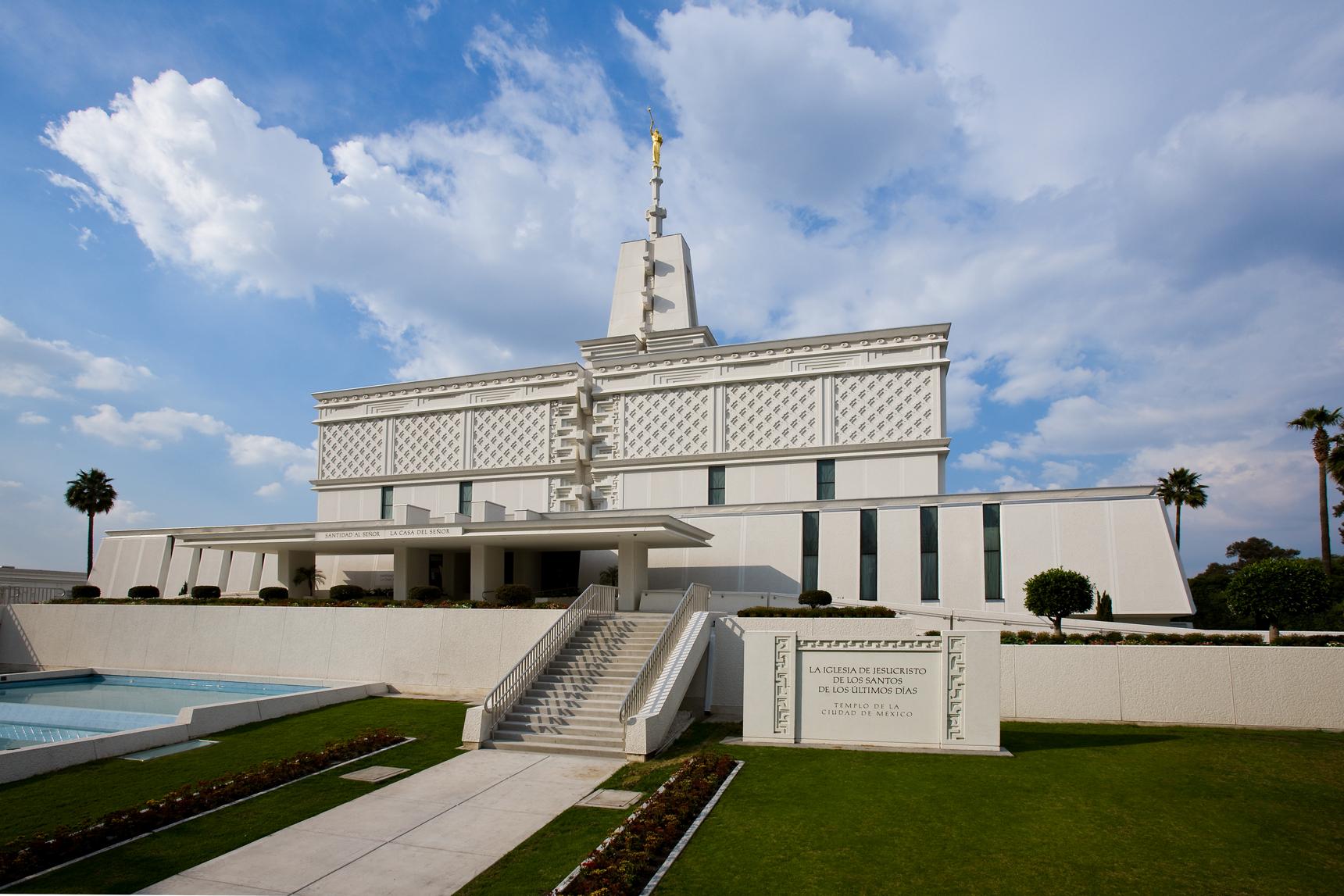
Mormonism in Mexico, Part 20: Stakes and Temples
The Third Convention was reunited to The Church of Jesus Christ of Latter-day Saints in part due to the observation that stakes with local leadership and local temples would come only as the schism healed and the Church continued to become stronger in Mexico. It took some time, but stakes and temples did come.
-
Counseling Experiences from President Kimball’s Journal: 1960 – 1965
Journal text selected by Dennis B. Horne. Much of Spencer W. Kimball’s Apostolic ministry was devoted to working with and counseling members of The Church of Jesus Christ of Latter-day Saints that had committed “moral” sins.
-
The Many Lives of the King Follett Sermon
I have to admit that I have had an ongoing fascination with the King Follett Sermon. I had been acquainted with bits and pieces of it here and there, but only really became familiar with the full text early on in my mission. But it has shaped a lot of my theology and views in…
-
Counseling Experiences from President Kimball’s Journal: 1943 – 1959
Journal text selected by Dennis B. Horne. Much of Spencer W. Kimball’s Apostolic ministry was devoted to working with and counseling members of The Church of Jesus Christ of Latter-day Saints that had committed “moral” sins.
-
Joseph Smith’s Gold Plates: A Review
Richard Lyman Bushman’s Joseph Smith’s Gold Plates: A Cultural History (Oxford University Press, 2023) is an important contribution to Book of Mormon studies. As a cultural history of the gold plates, the book traces the story of the plates and the translation of the Book of Mormon, reactions to the story and the development of…
-
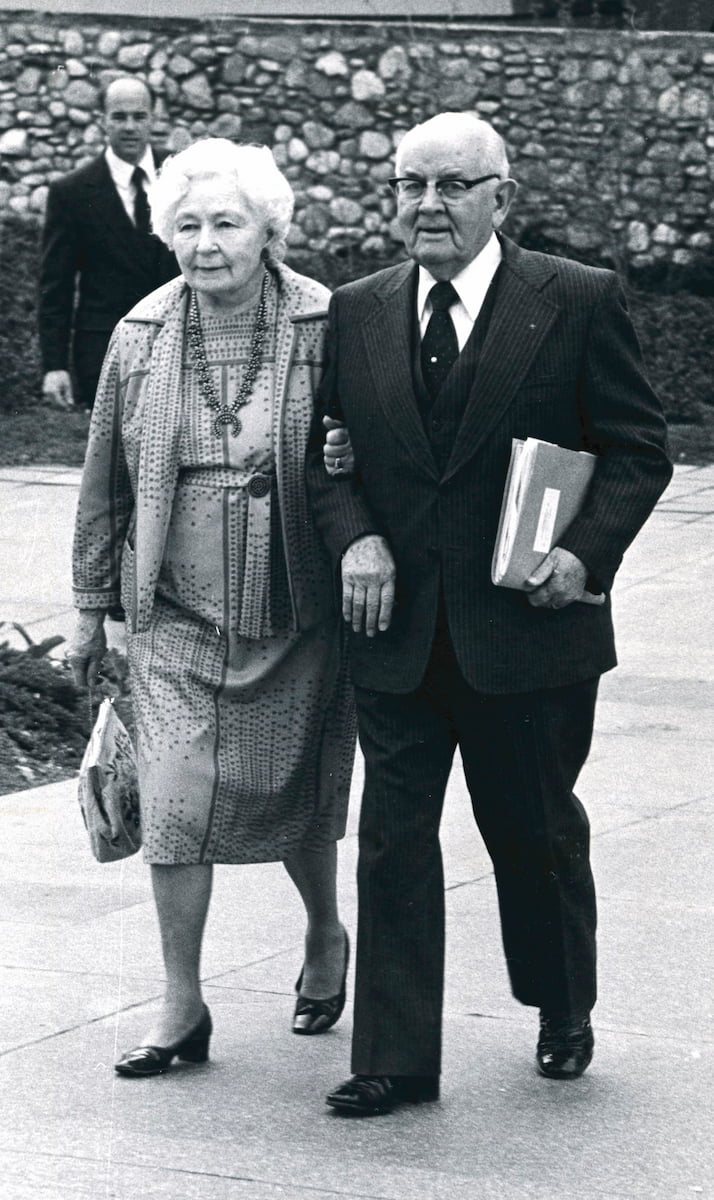
Memories: Inspirational Excerpts from The Journal of President Spencer W. Kimball
Compiled by Dennis B. Horne Editorial note: the below excerpts from President Kimball’s journal were selected because I find them to be extra uplifting and edifying, or otherwise special in some way. I did not include a date with them because when I encountered and chose them I was interested in precious spiritual experience and…
-
Lowell Bennion
The Church of Jesus Christ of Latter-day Saints saw a group of highly-impactful university professors during the 20th century who helped to shape Latter-day Saint thought. For many, Hugh Nibley, Truman Madsen, Eugene England are a well-known part of their experience with the Church. Another figure that deserves to be remembered in that group is…
-
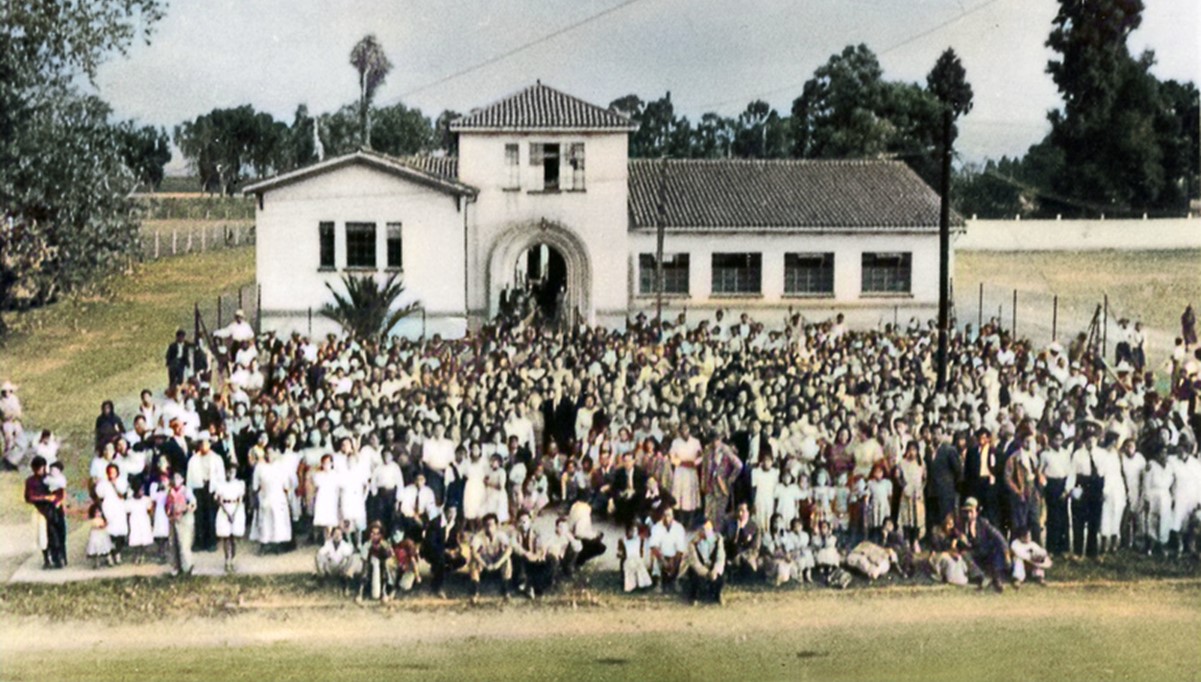
Mormonism in Mexico, Part 19: The Third Convention
Events conspired to create a schism in the Church in Mexico, but eventually the Third Convention group that had split reunited with the Church.
-
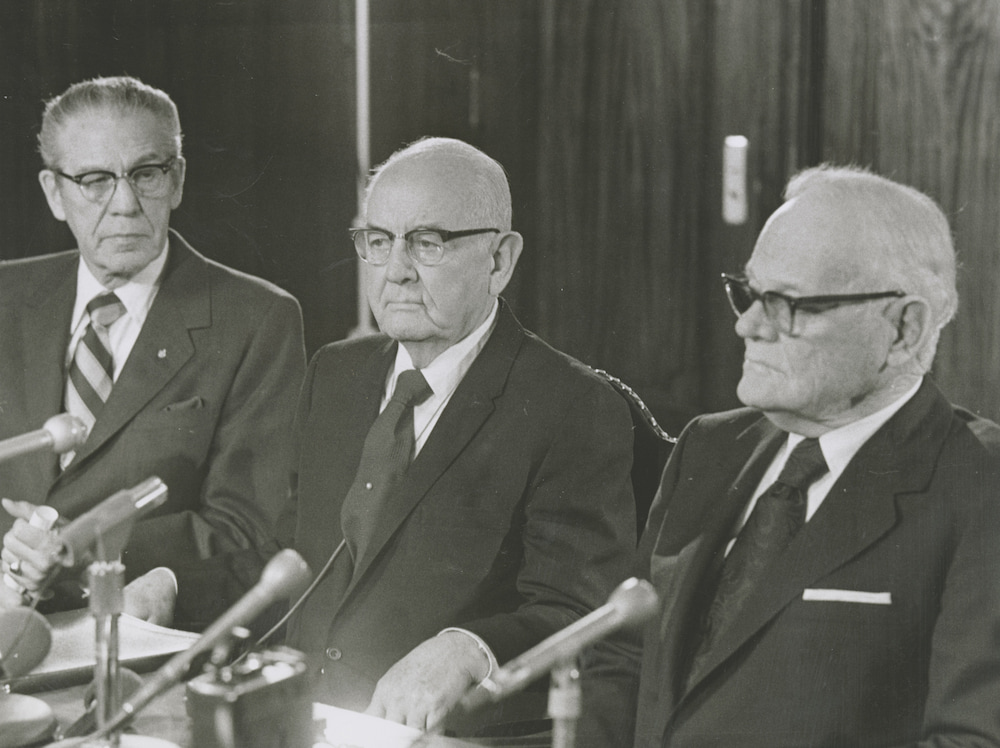
Meeting Church Leaders: Inspirational Excerpts from The Journal of President Spencer W. Kimball
Compiled by Dennis B. Horne Editorial note: the below excerpts from President Kimball’s journal were selected because I find them to be extra uplifting and edifying, or otherwise special in some way. I did not include a date with them because when I encountered and chose them I was interested in precious spiritual experience and…
-
Neal A. Maxwell: Disciple Scholar
A favorite speaker at general conference when I was growing up was Neal A. Maxwell. Eloquent and deeply thought out talks were something of a hallmark for him, with plenty of alliteration thrown in for good measure. His life and discipleship was discussed in a recent interview with Bruce C. Hafen at the Latter-day Saint…
-
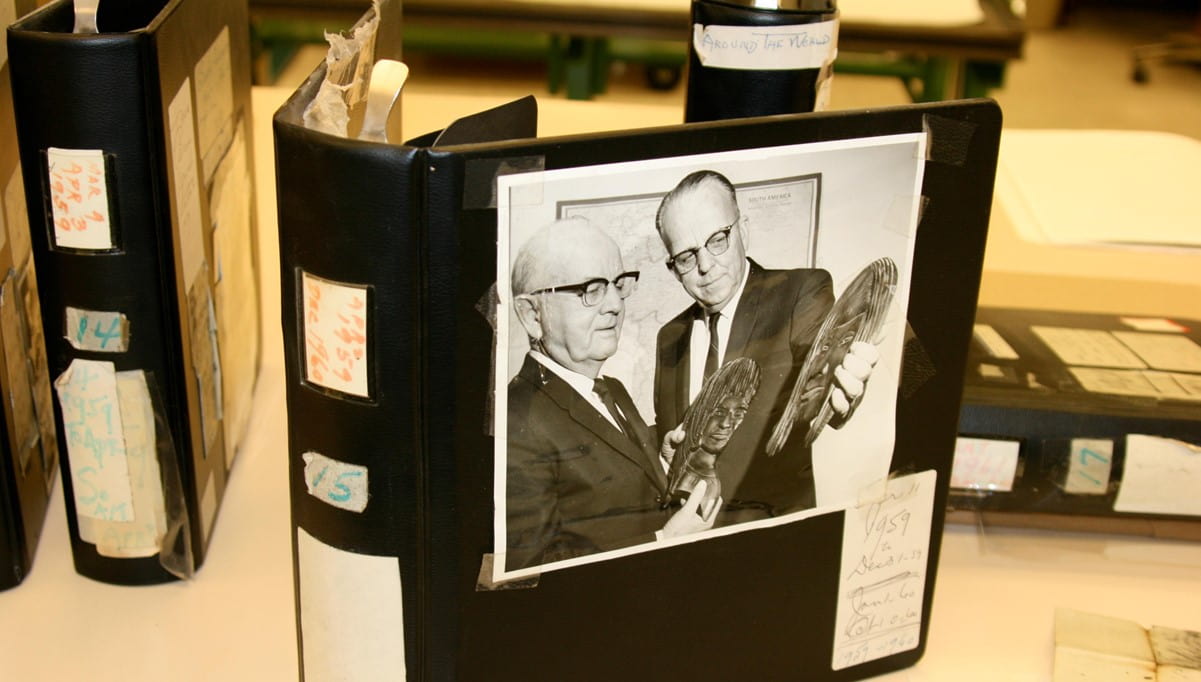
Presidents of the Church: Inspirational Excerpts from The Journal of President Spencer W. Kimball
Compiled by Dennis B. Horne Editorial note: the below excerpts from President Kimball’s journal were selected because I find them to be extra uplifting and edifying, or otherwise special in some way. I did not include a date with them because when I encountered and chose them I was interested in precious spiritual experience and…
-
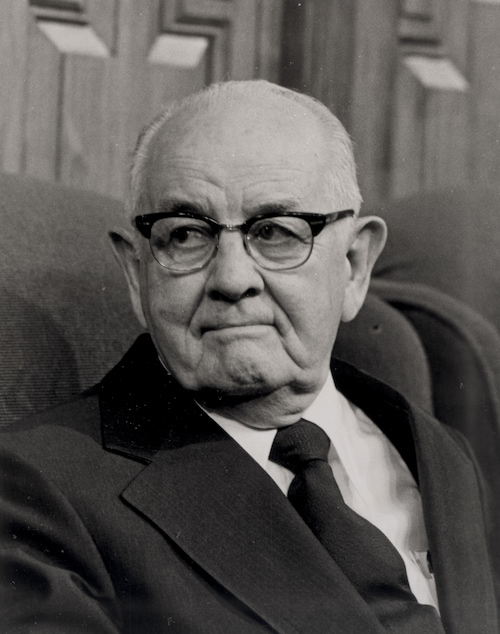
Inspirational Excerpts from The Journal of President Spencer W. Kimball, Part 1: Leadership
Compiled by Dennis B. Horne Editorial note: the below excerpts from President Kimball’s journal were selected because I find them to be extra uplifting and edifying, or otherwise special in some way. I did not include a date with them because when I encountered and chose them I was interested in precious spiritual experience and…
-
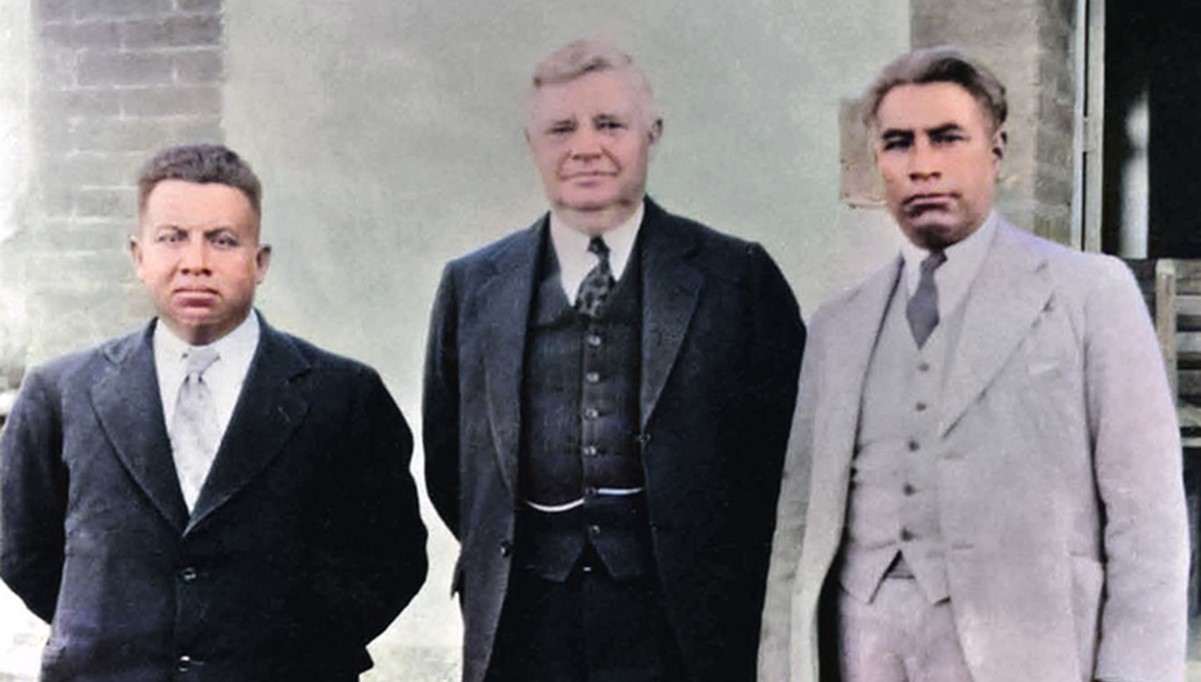
Mormonism in Mexico, Part 18: The First Two Conventions
Despite dealing with isolation and neglect, Latter-day Saints in Mexico continued to function and serve well. But eventually, things reached a breaking point.
-
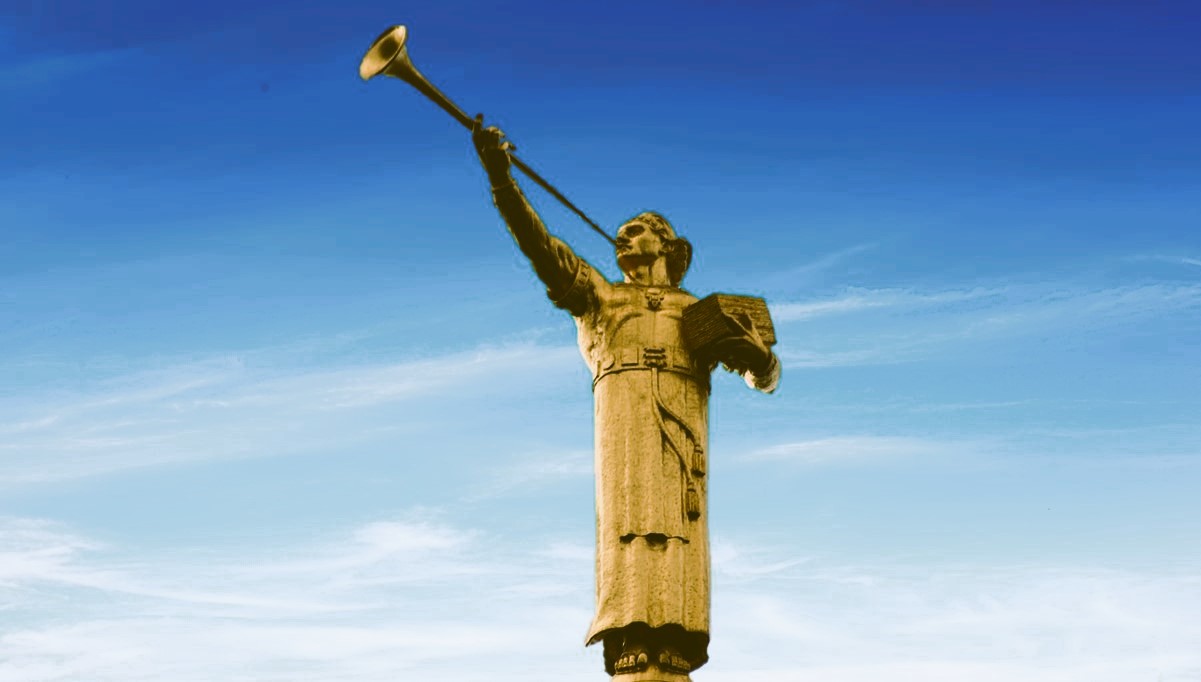
Was it the Angel Moroni?
Today marks the 200th anniversary of the day Joseph Smith said that he saw the golden plates, with last night being the anniversary of the evening that he recalled the Angel Moroni appearing to him. Yet, from time to time, there have been questions raised about whether Joseph Smith consistently said that it was Moroni…
-
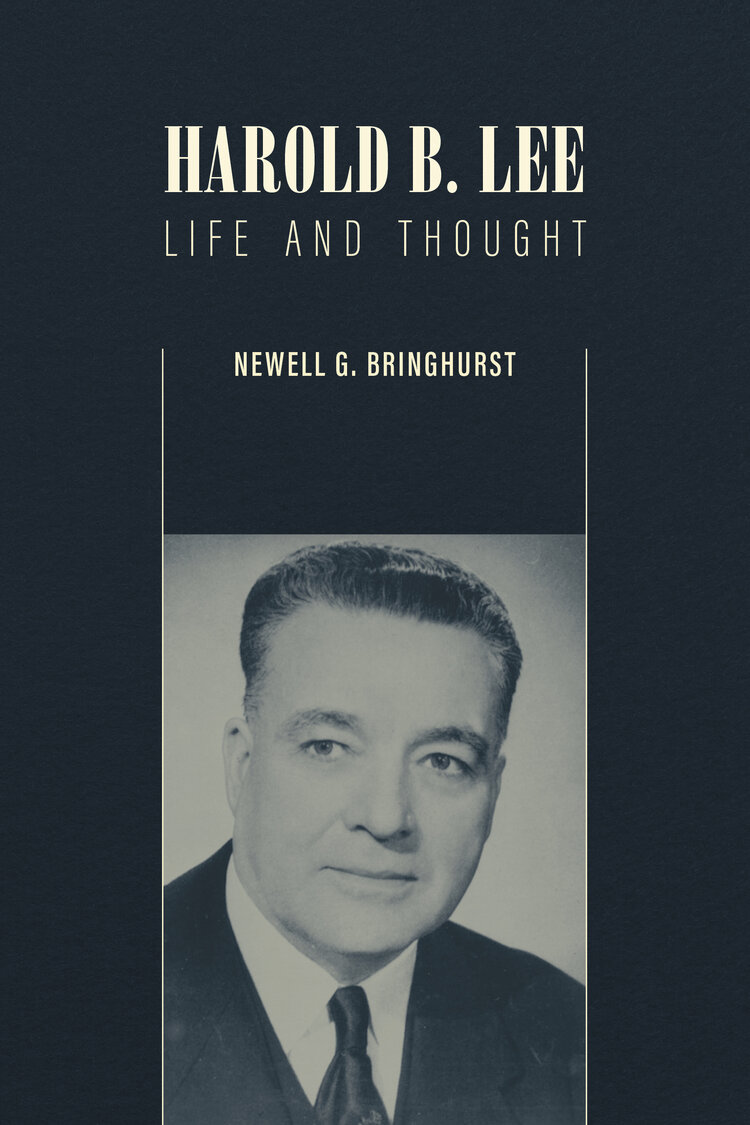
Harold B. Lee: Life and Thought: A Review
Harold B. Lee: Life and Thought by Newell G. Bringhurst (Signature Books, 2021) is a highly affordable and readable biography of one of the most influential figures in the history of The Church of Jesus Christ of Latter-day Saints. Although his tenure as president of the Church was short, Harold B. Lee had already reshaped…
-
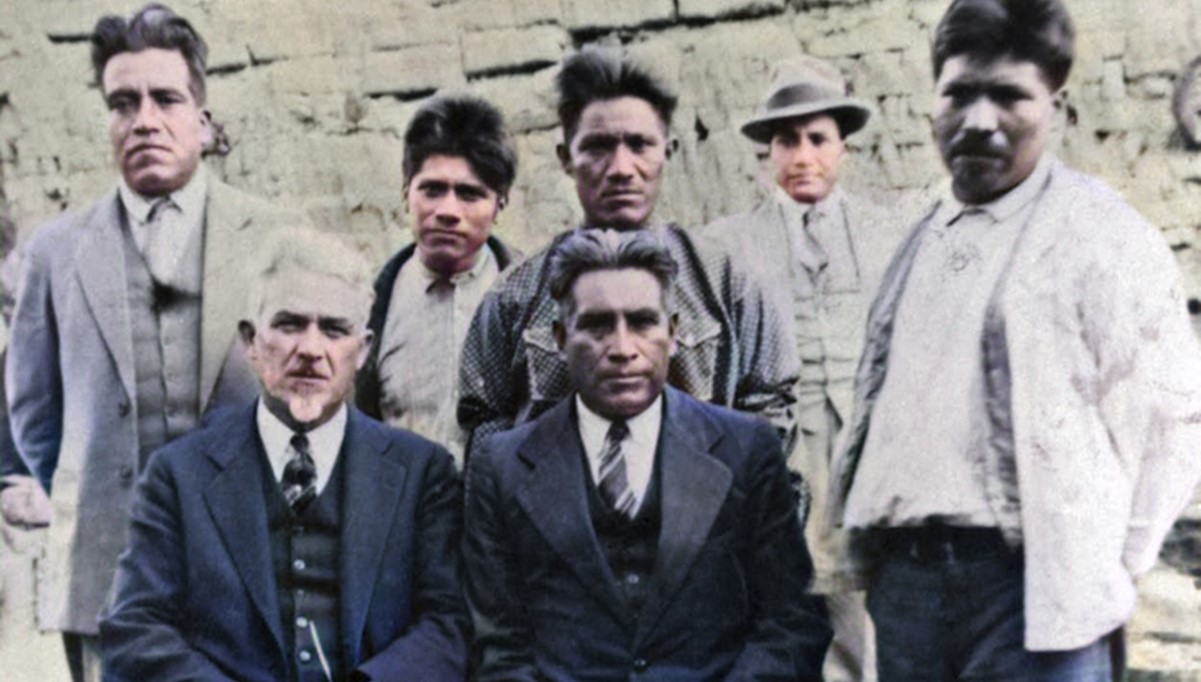
Mormonism in Mexico, Part 17: Sans Anglo-American Leadership
While Mexico had stabilized from the Revolution, the 1920s saw continuing strains for The Church of Jesus Christ of Latter-day Saints in Mexico.
-
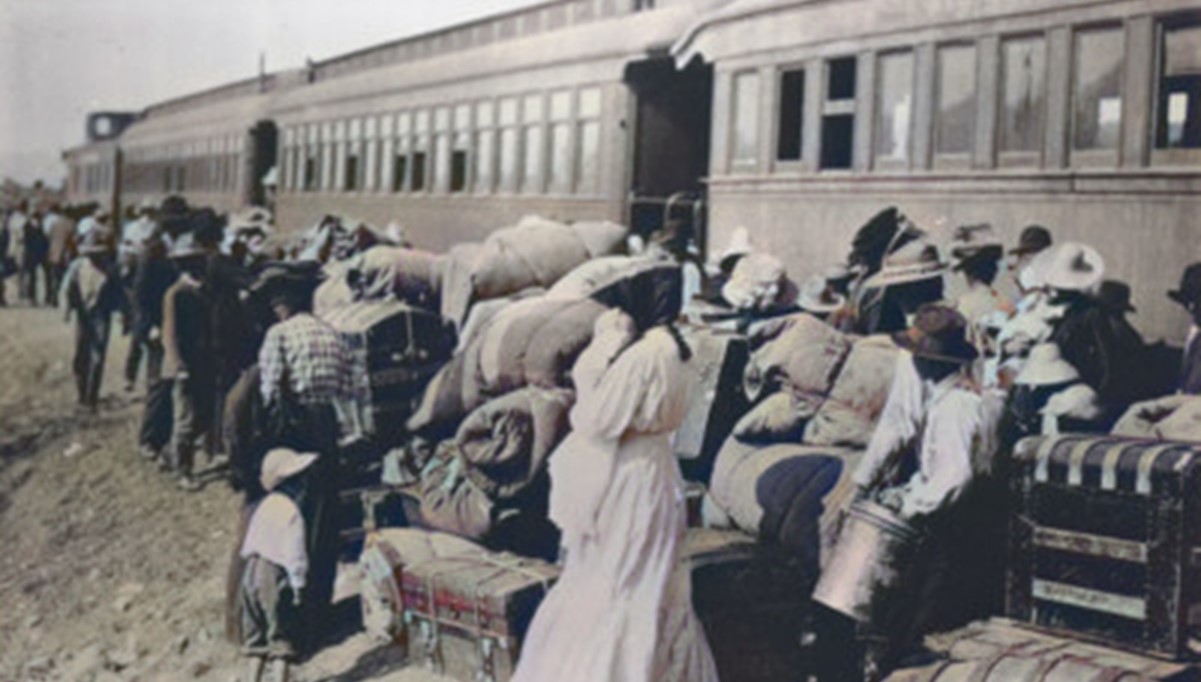
Mormonism in Mexico, Part 16: Colonial Decimation
The Latter-day Saint colonies in Mexico were becoming successful after years of effort. But the Mexican Revolution changed them forever.
-
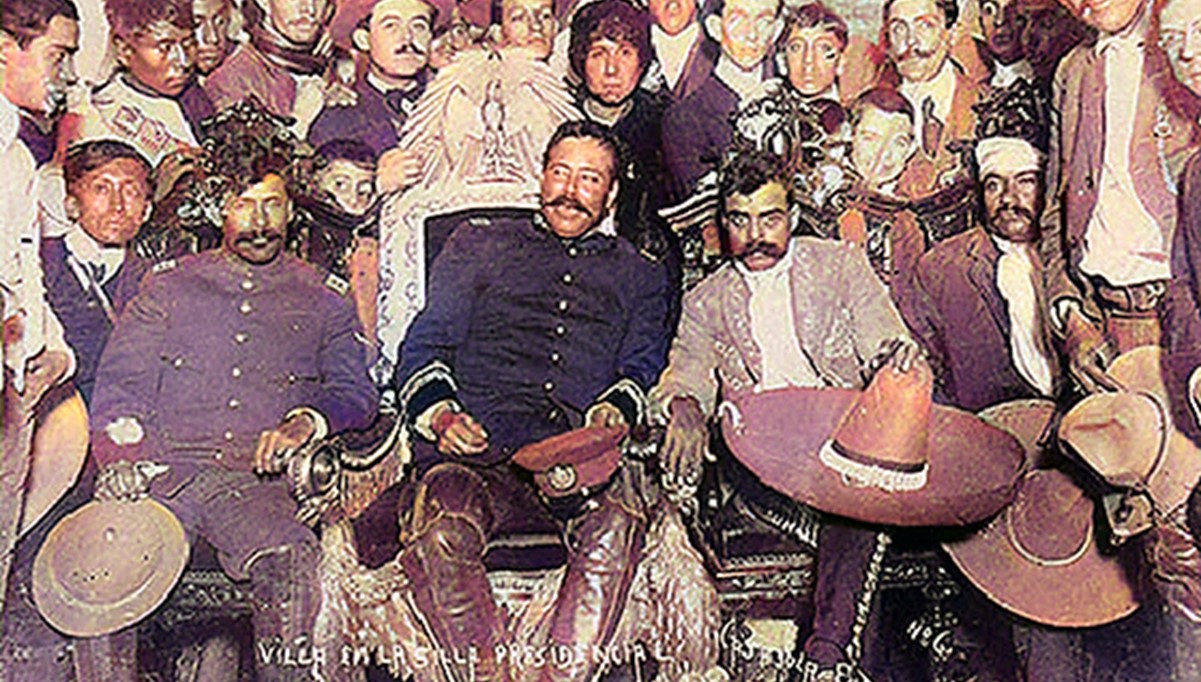
Mormonism in Mexico, Part 14: Revolution
The Mexican Revolution was a decade of terrible destruction that brought a wave of changes to the Church in Mexico.
-
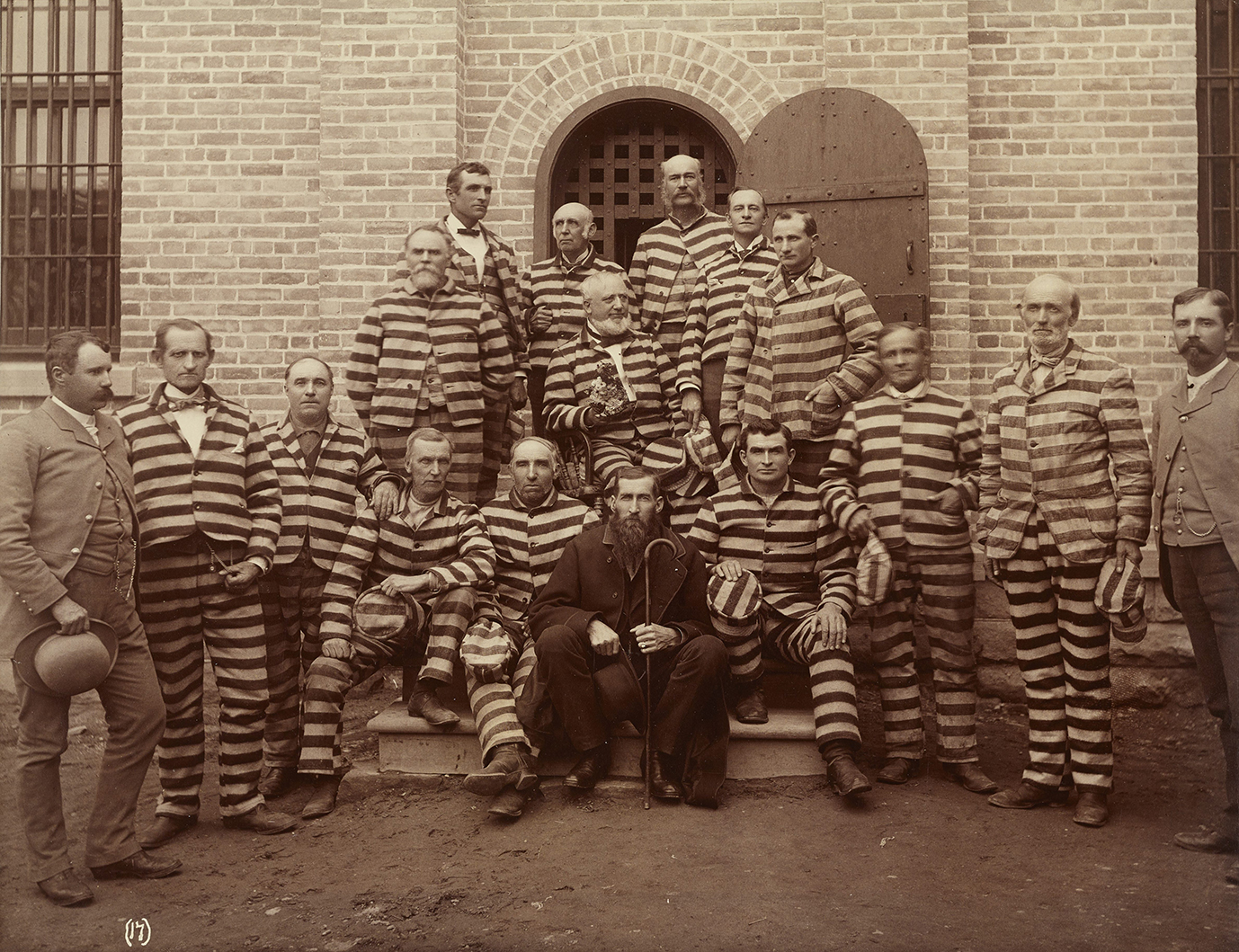
George Q. Cannon: Politician, Publisher, Apostle of Polygamy: A Review
George Q. Cannon: Politician, Publisher, Apostle of Polygamy by Kenneth L. Cannon II is an entry in the Signature Books brief biographies series focused on one of the most influential and best-known Latter-day Saints in the 19th century. As a missionary, publisher, representative for Utah Territory to the United States Congress, businessman, apostle, and long-term…
-
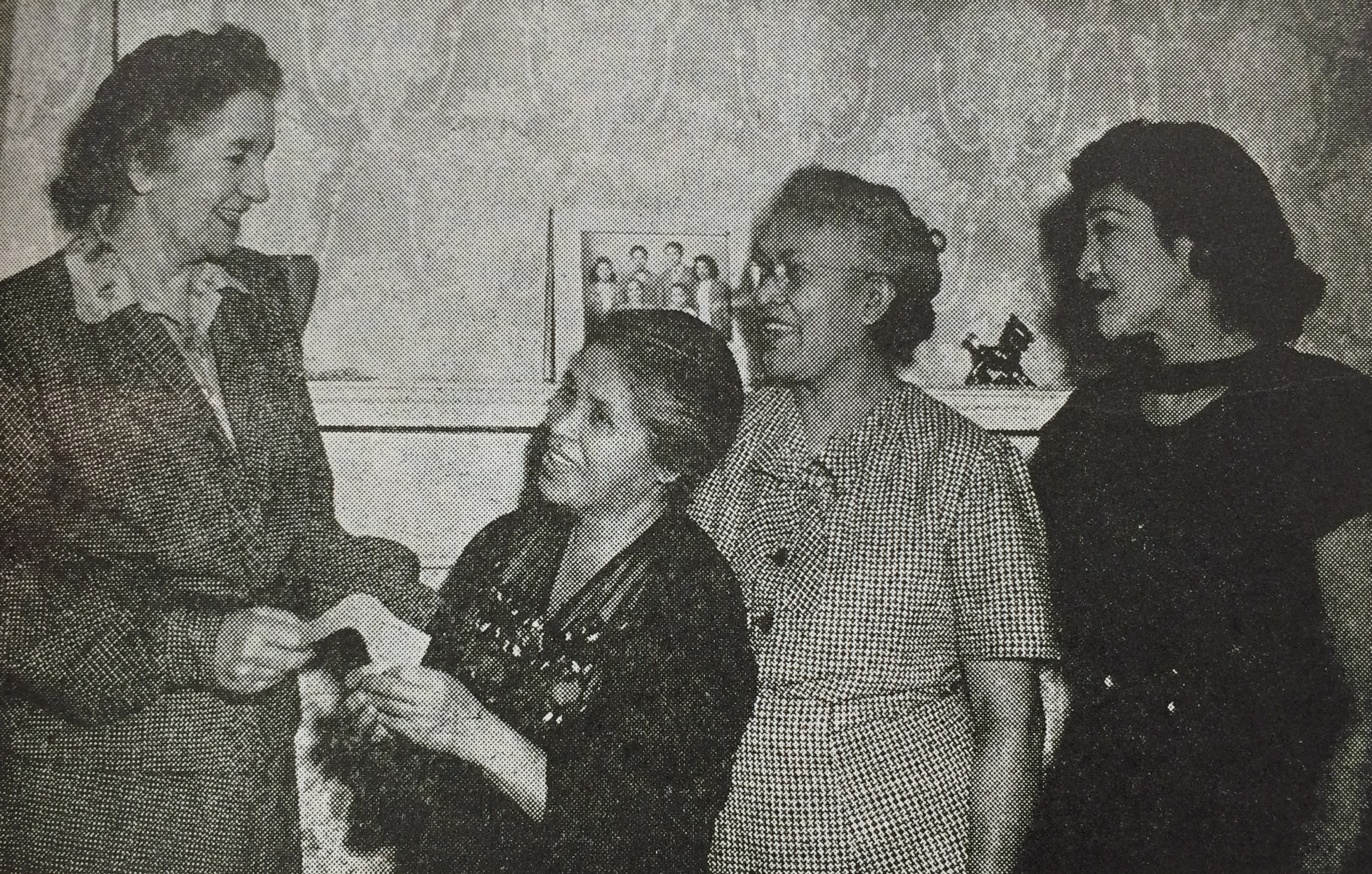
Mormonism in Mexico, Part 13: A Mission Revived
The closure of the mission in Mexico in 1889 led to an 12-year gap in the presence of missionaries and official church leadership in central Mexico. Ammon Tenney worked to restart the mission, connecting with the Latter-day Saints who were effectively abandoned and beginning new efforts at proselytizing.
-
Remember the “F.” And seniority.
I know I’ve talked a bit about Joseph F. Smith (JFS) lately, but the Latter-day Saint history blog From the Desk recently shared another interview about him. This time around, Dennis Horne spoke about Joseph F. Smith’s succession to the presidency of the Church, but it also covers other info about this pivotal president of…
-
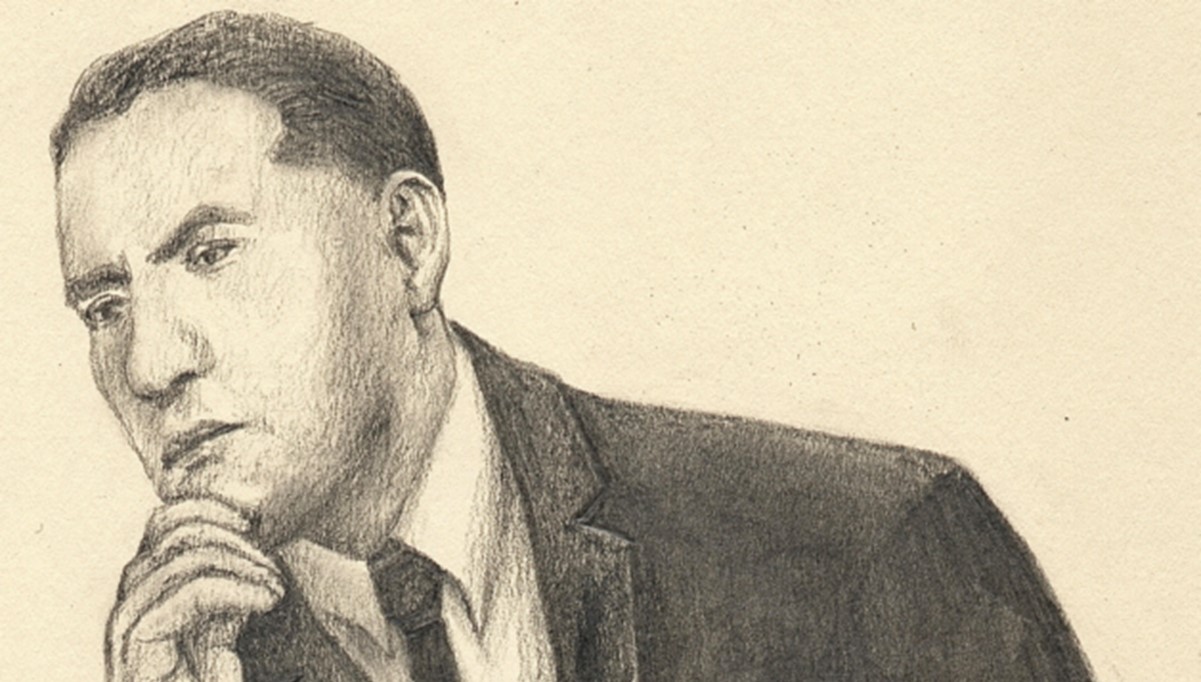
Mormonism in Mexico, Part 12: Bautista’s Lamanites
While efforts to gather converts from central Mexico failed and the mission in central Mexico closed, there would still be future successes. Among the earliest converts in the 20th century in Mexico, the Bautista family would go on to have an impact on the Church for years to come, including the development of an indigenous-affirming…
-
Carthage and the Nauvoo Expositor
The Joseph Smith Papers recently released a final podcast series, the Road to Carthage podcast, focusing on the final days and immediate aftermath of Joseph Smith’s life. It was an explosive time, filled with tension both within and outside of the Church of Jesus Christ of Latter Day Saints. In a recent interview at the…
-
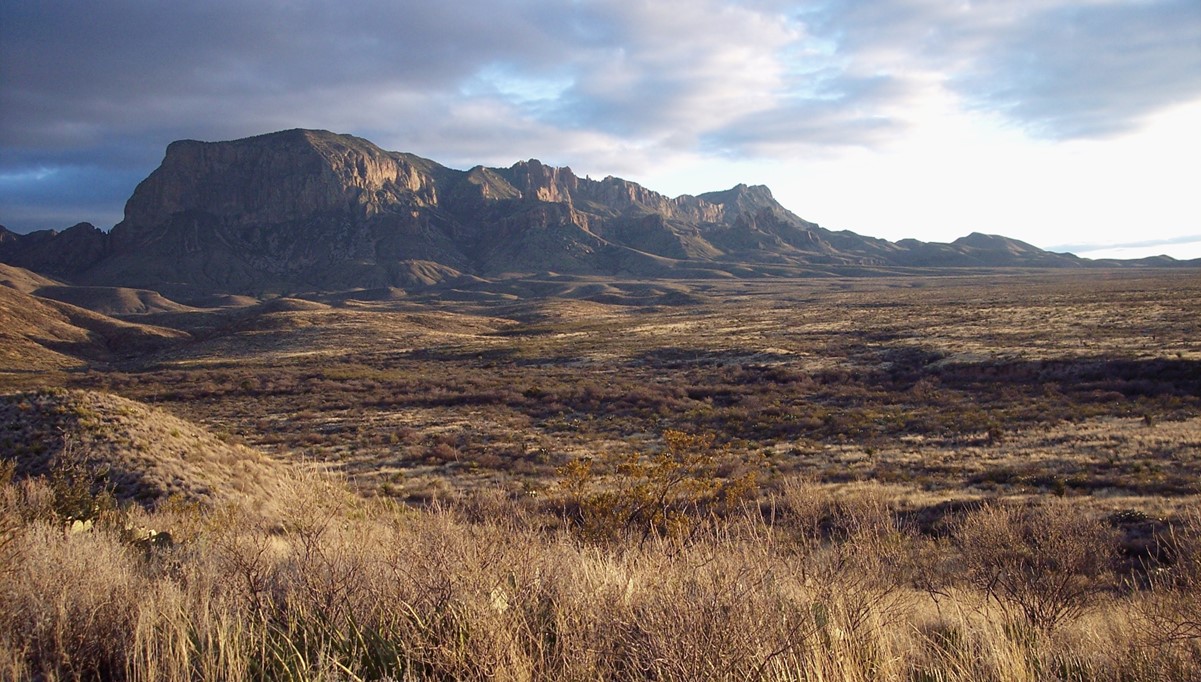
Mormonism in Mexico, Part 11: The Gathering
An attempt to found a colony of Mexican converts in the north didn’t end up going as well as anyone had hoped, to disastrous results.
-
Idiosyncratic ranking of the “Let’s Talk About” series from Deseret Book
This is, I think, the best thing to come out of Deseret Book in a long while. I somewhat wish these books had existed when I was much, much younger, but the expertise (and, frankly, spiritual maturity of many members) likely didn’t really exist in the right forms until recently. What follows is my totally…
-
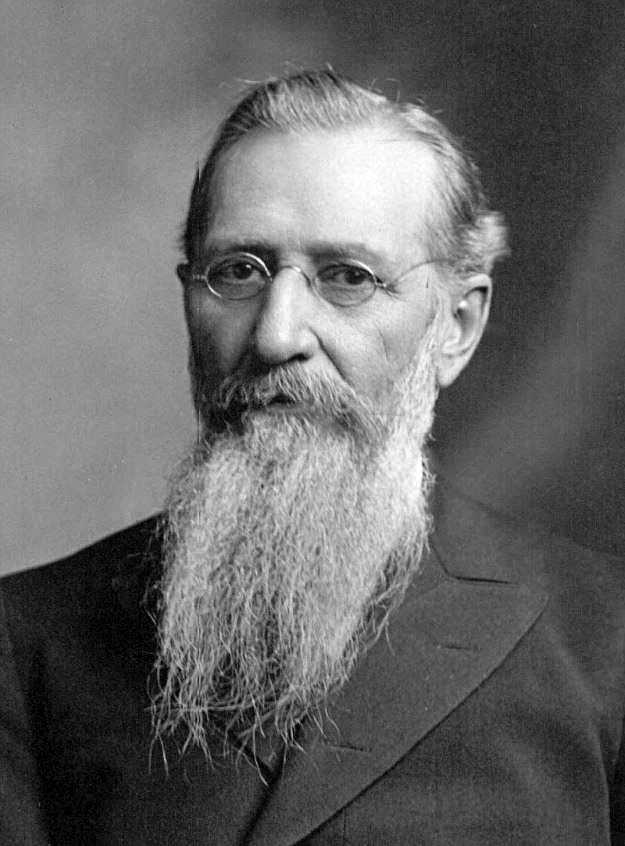
The Fiery Meteor
Joseph F. Smith “(remember the F)” is one of the most important and influential presidents of The Church of Jesus Christ of Latter-day Saints, even though he isn’t frequently discussed in church settings. It was during his administration that the Church really started to take on its current form – rejection of polygamy, modern monetary…
-

“Like a wise man who built his house on rock”: A Pioneer Day Homily on Matthew 7:21-27
A sacrament meeting talk given 23 July 2023 At the conclusion of the Sermon on the Mount, St. Matthew recorded that the Lord, Jesus Christ stated: “Not everyone who says to me, ‘Lord, Lord,’ will enter the kingdom of heaven, but only the one who does the will of my Father in heaven. On that…

